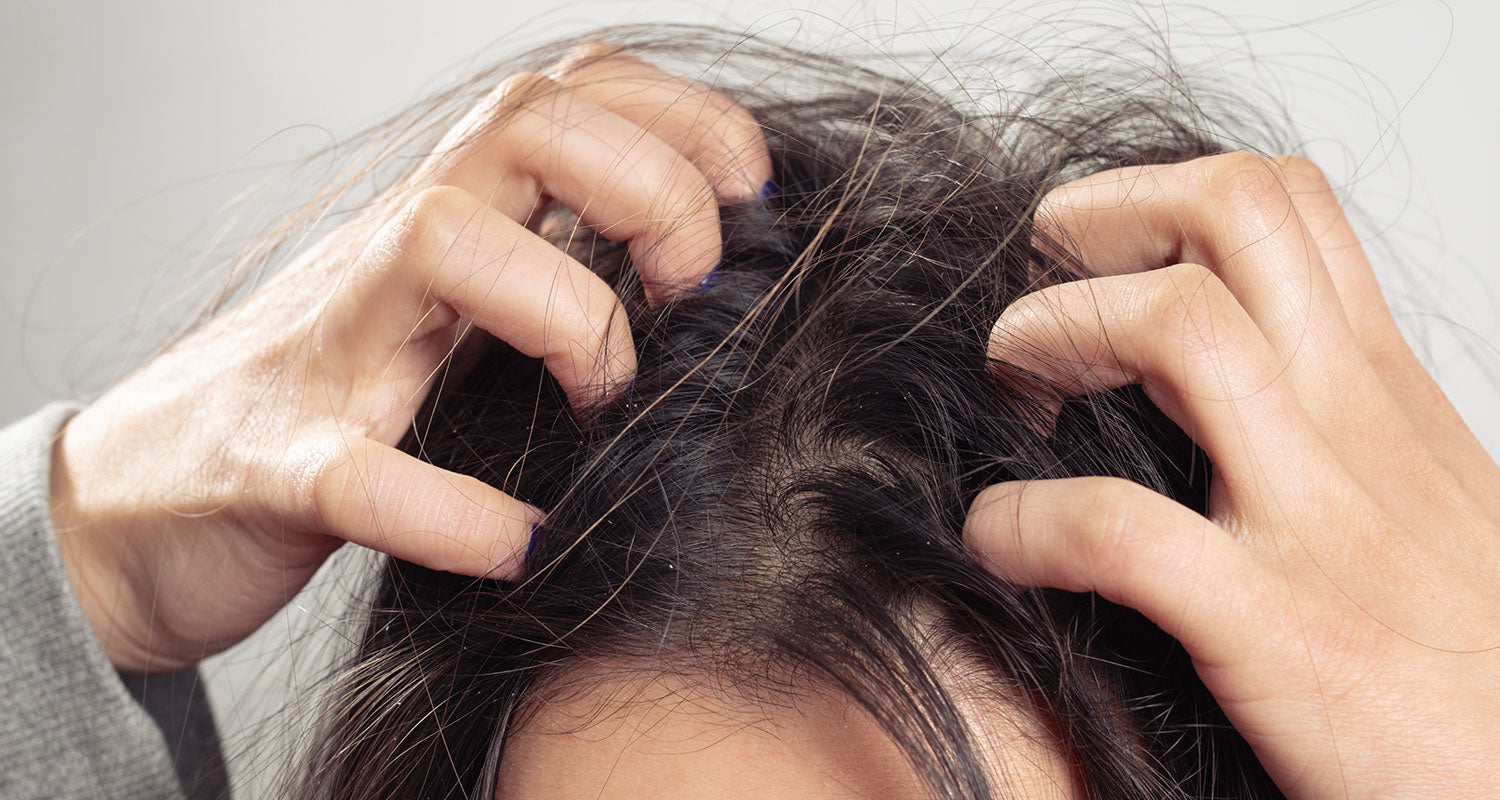Sodium laureth sulfate (SLES) is a synthetic surface-active agent (or surfactant) that makes thick, rich foam and helps cleanse the hair or skin.
Lauryl or laureth sulphate – there’s a difference.
You will have checked our ingredients and noticed the inclusion of sodium laureth sulfate in our ingredient lists, also known as SLES. Yes, it’s a sulfate - but do you know your lauryl and laureths?
At Olsson we do include SLES in our cosmetics formulation, it’s a more processed version of SLS, formulated to be kinder on the skin. It is derived from SLS through a process called ethoxylation (where ethylene oxide is introduced. This process reorganises the compound making it much gentler on the skin and hair. Unlike SLS, Sodium Laureth Sulfate won’t aggravate your scalp or strip it of any excess moisture.
Fact: it is likely that any ingredient ending in -eth has also been through ethoxylation process too.
You can learn more about differences between SLS and SLES here.
Sodium laureth sulfate, what are the benefits for you?
Firstly, the ability to cleanse the skin and hair by attracting oils like sebum and allowing them to be rinsed away with water are just wonderful. Giving you that super clean feeling.
By including SLES our haircare provides a high-performance foaming, emulsifying and cleanse, as SLS but you will also benefit your skin after use by leaving it feeling silky soft, smooth and nourished.
Sodium laureth sulfate, what are the benefits in our formulation?
There’s some benefits to the use of sodium laureth sulfate in our formulation too. Sodium laureth sulfate helps oil and water-based ingredients, which generally don’t mix, to become dispersed. It is perfect for use in haircare because it is a paste and it makes a beautiful light lather, which helps the hands work the product through the hair with ease.
Do we need our shampoo to lather?
Myth or not? If a product doesn't foam or fluff up it's not cleaning well enough!
Those lather (or bubbles) we associate with clean are actually not conducive to the cleaning process entirely and it is possible to formulate a product that cleans just as well without it. We know, shock horror!
Aesthetics, combined with the ease of distribution that lather brings are pretty much the only reasons to include it. That and the ‘idea’ that a foam present equates to ‘clean’.
What do we think about Sulfates?
Despite being used safely and successfully since the 1930s, sulfates (sometimes spelled sulphates) like SLS and SLES have a bad reputation. Although experts agree that it’s safe to use, these compounds can be drying and cause irritation.
Have a question?
Submit your query to us. We're keen to support you. Answered directly by the Olsson Haircare team and our network of professional Stylists and Chemists.
Ask a question | Order a patch testSLS is also known to affect the everyday purpose of skin proteins which causes damage to the outer layer of skin resulting in cracked, dry and tender skin - this is more likely to be an issue for those who have dry, processed or afro hair or suffer from skin conditions like eczema, seborrheic dermatitis, dermatitis, psoriasis or as more recently recognised a condition referred to as topical steroid withdrawal.
…and the inclusion of SLES in Olsson Shampoo
By combining SLES with other kind-to-skin ingredients including Aloe Vera, Pro Vitamin B5 and Glycerine - we’ve developed a unique ‘pure performance’ collection, making clean, shiny hair something everyone can achieve despite suffering from skin sensitivities.


